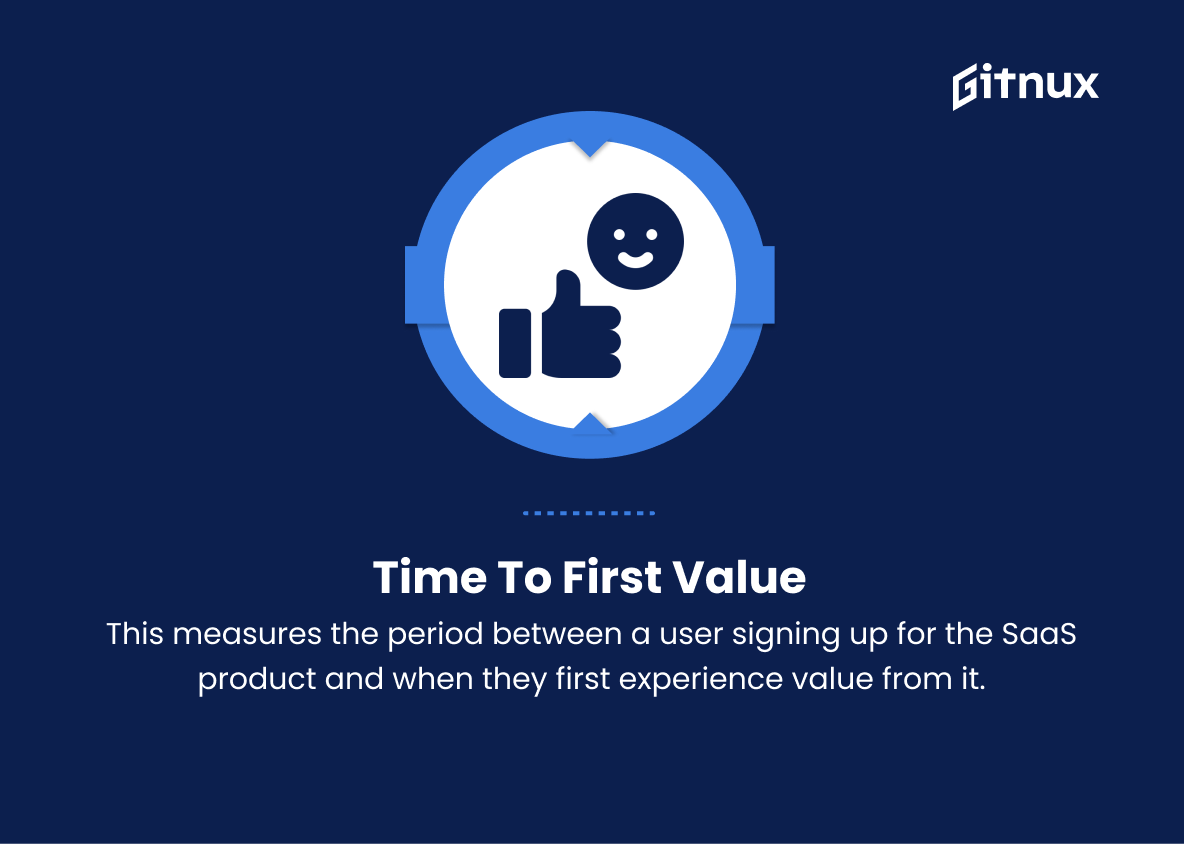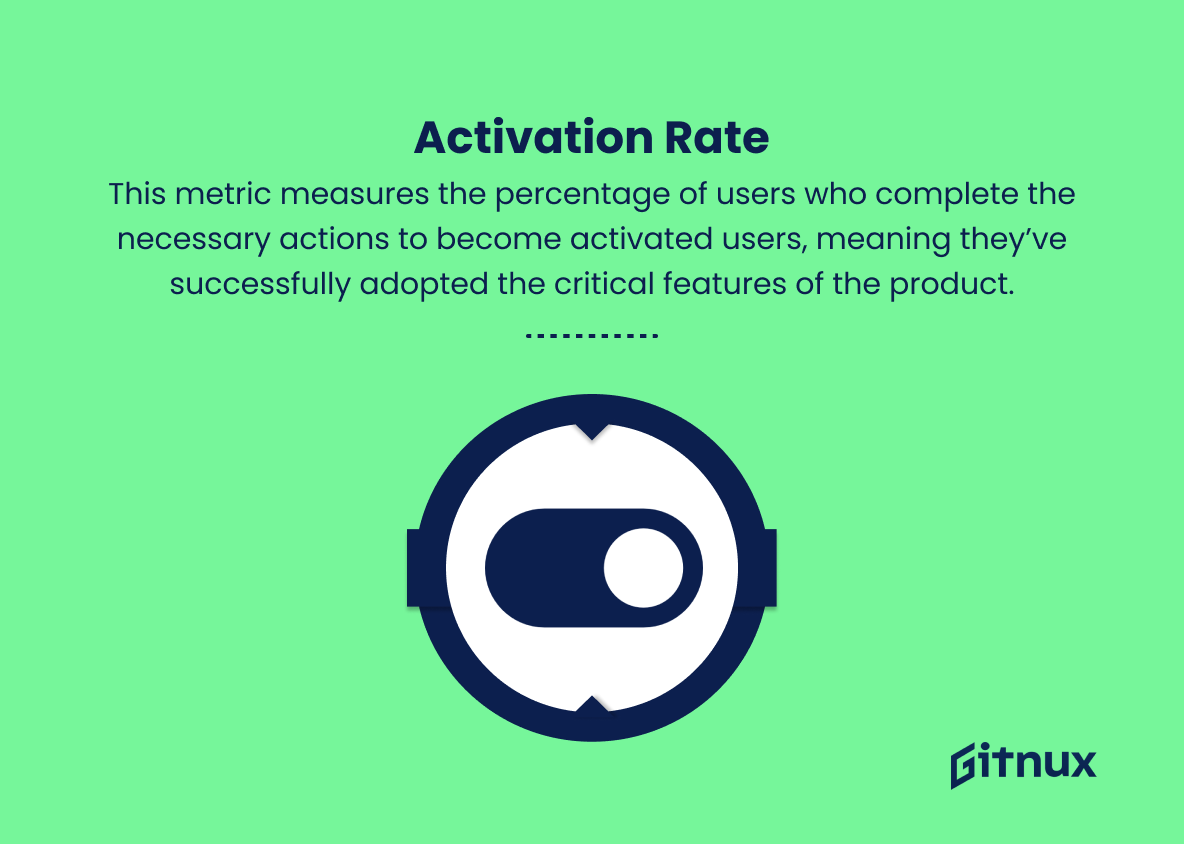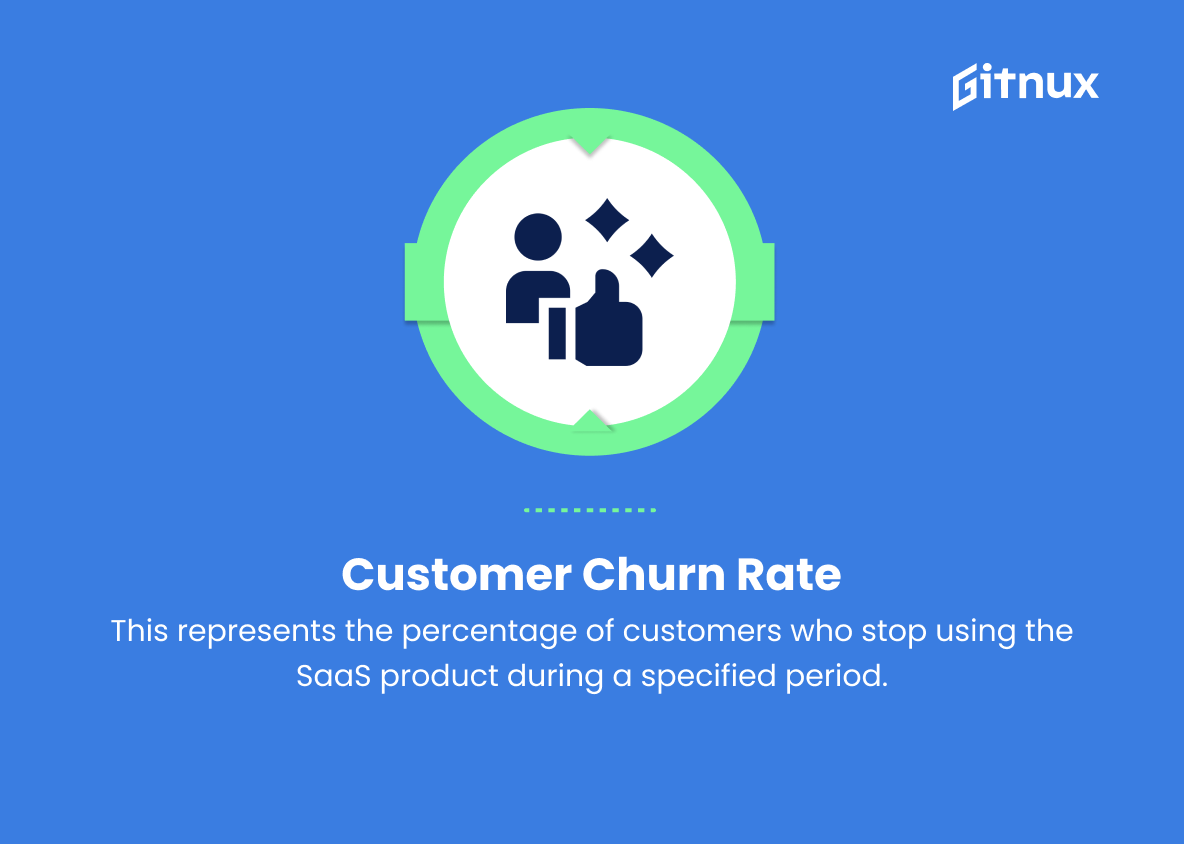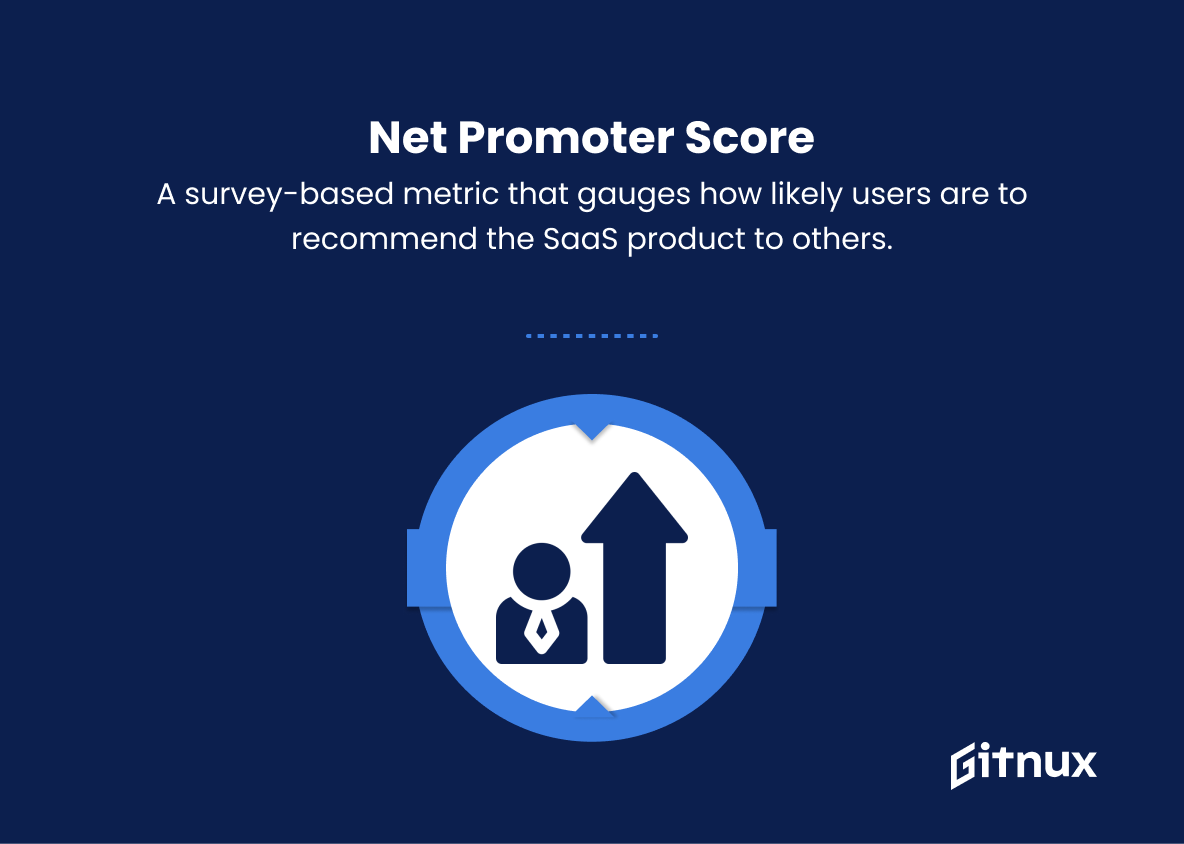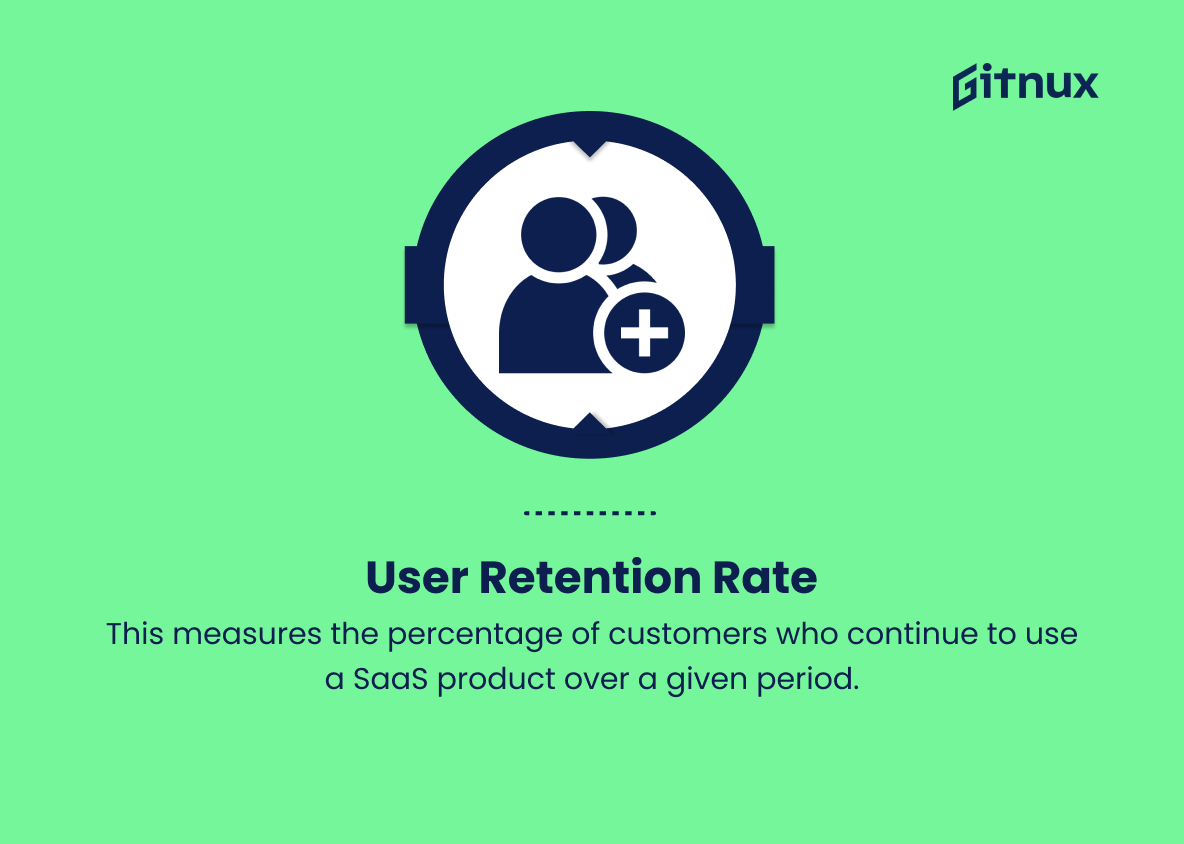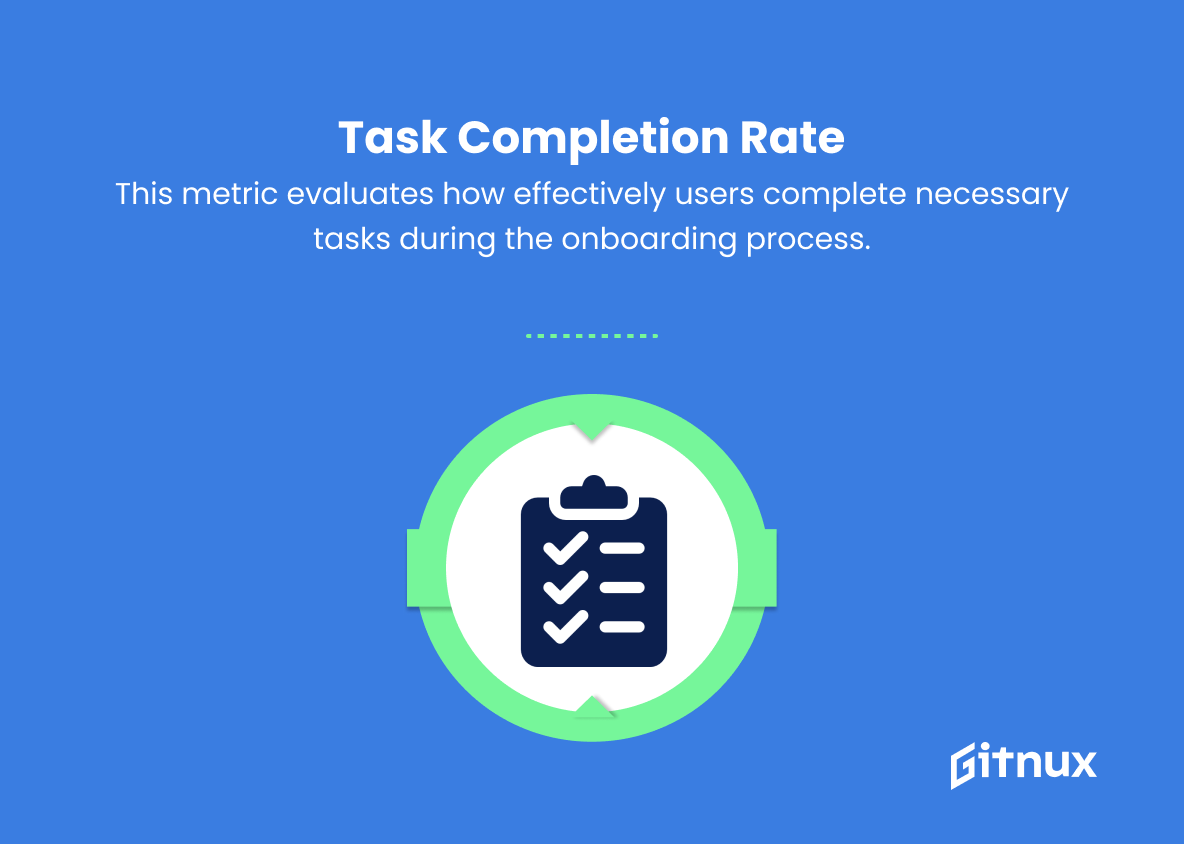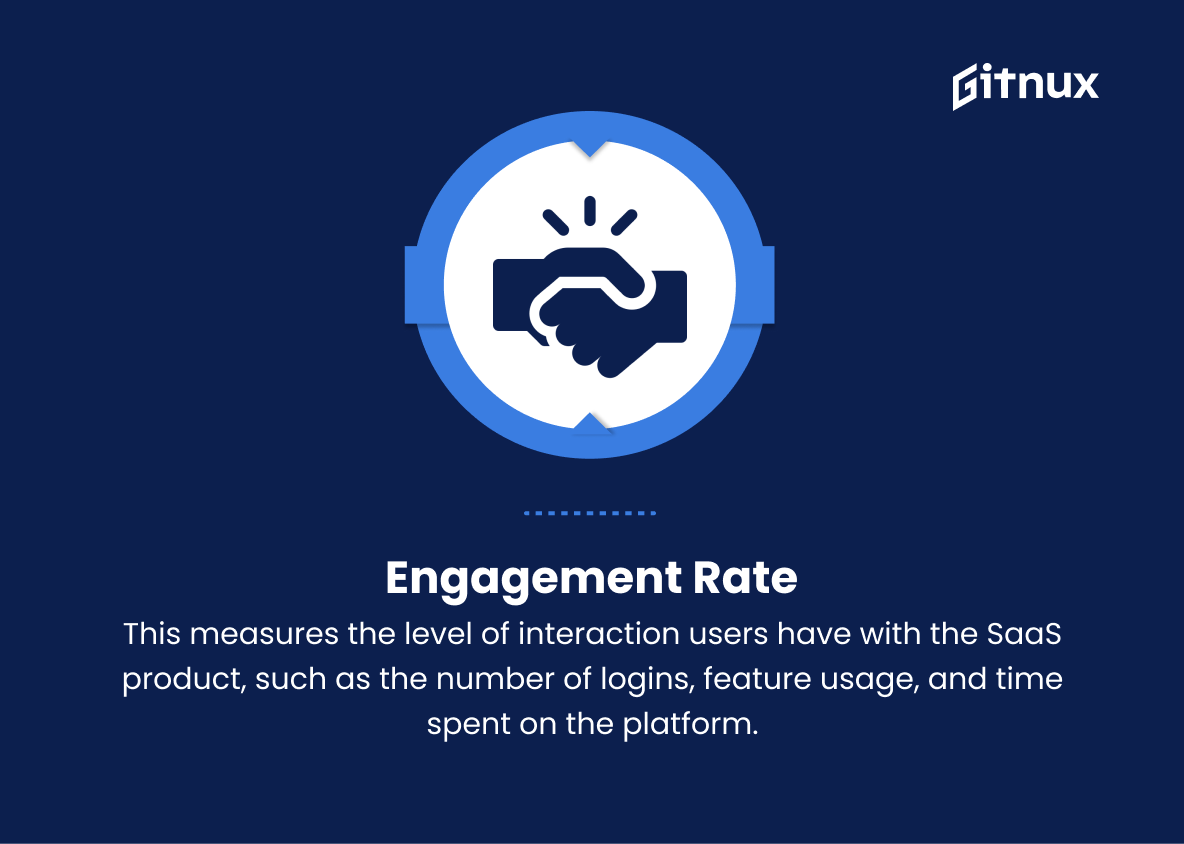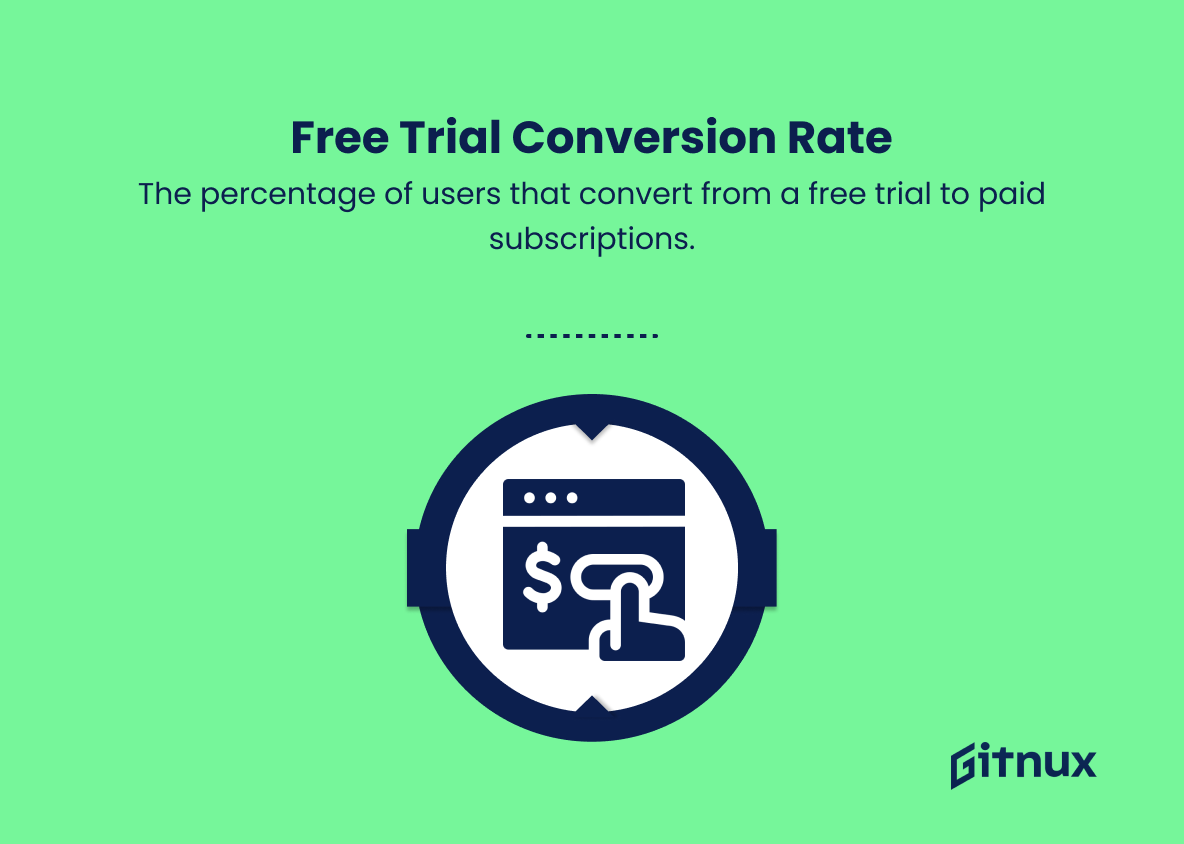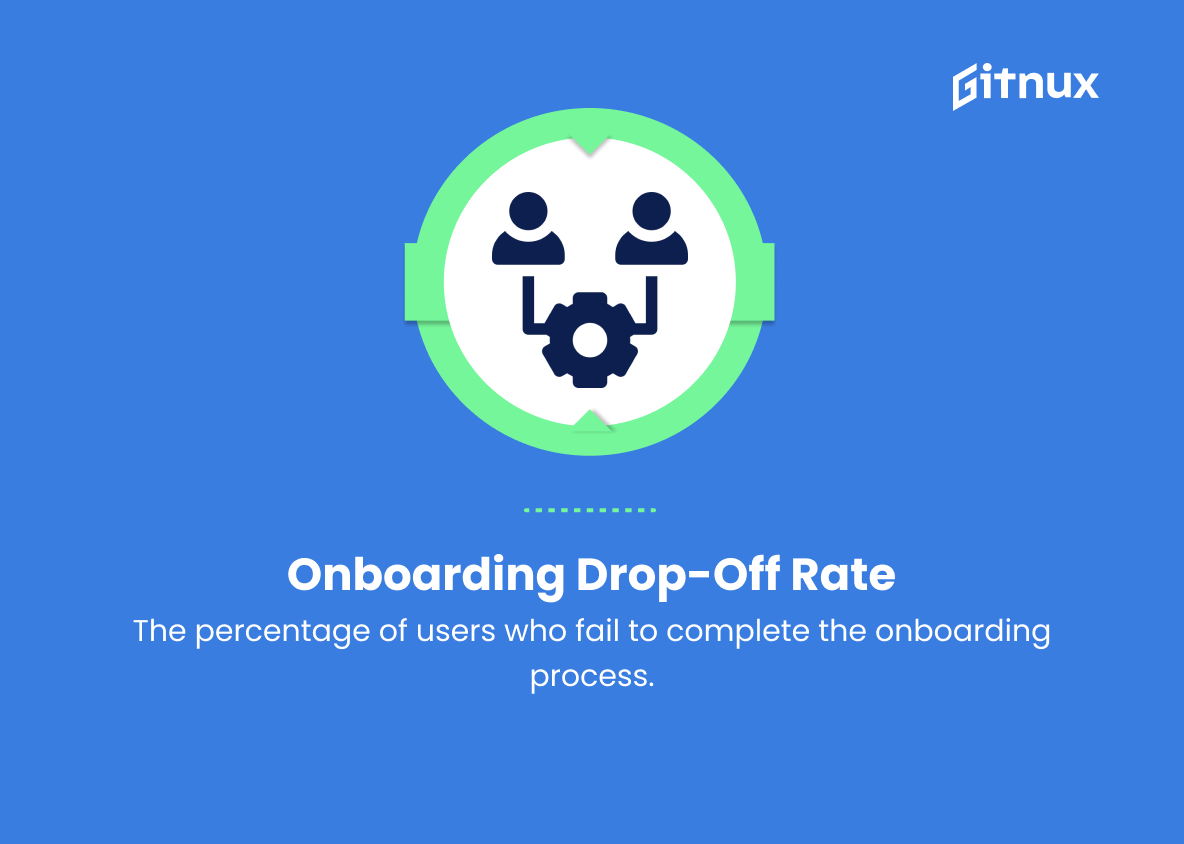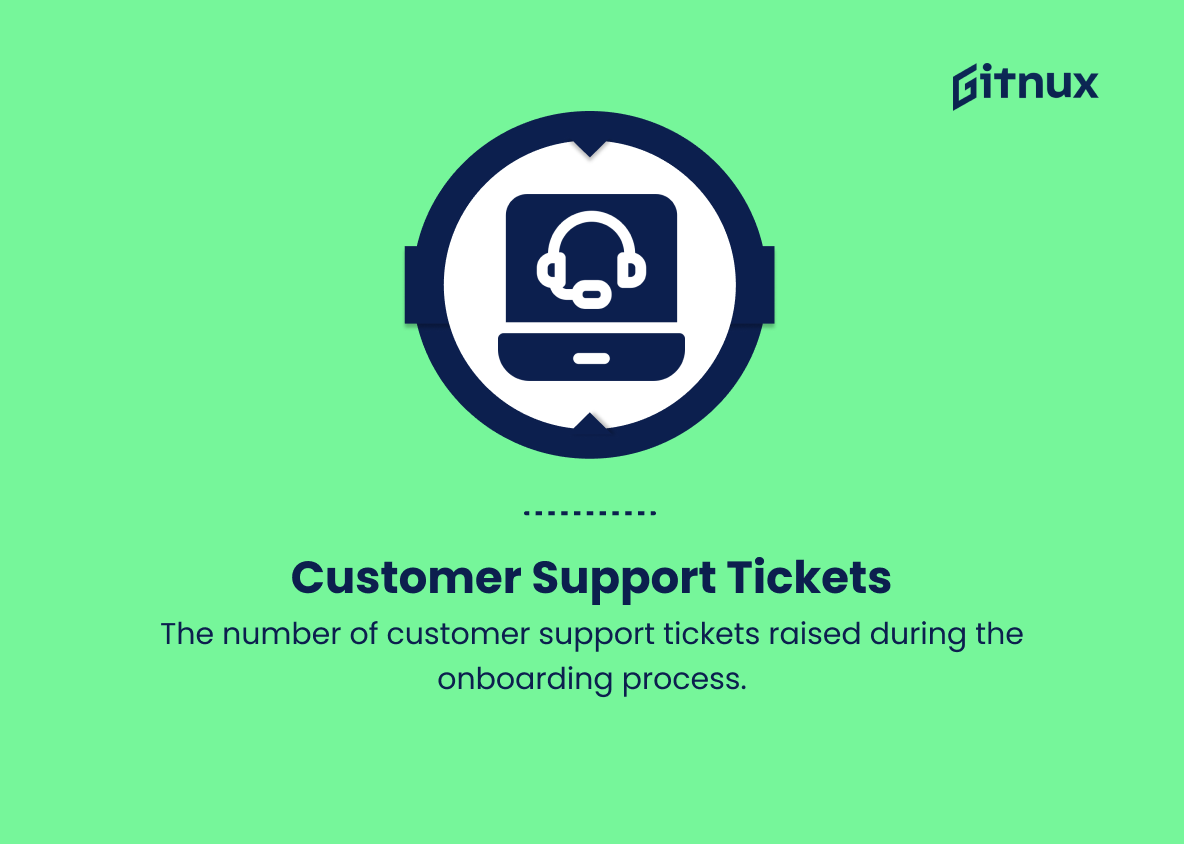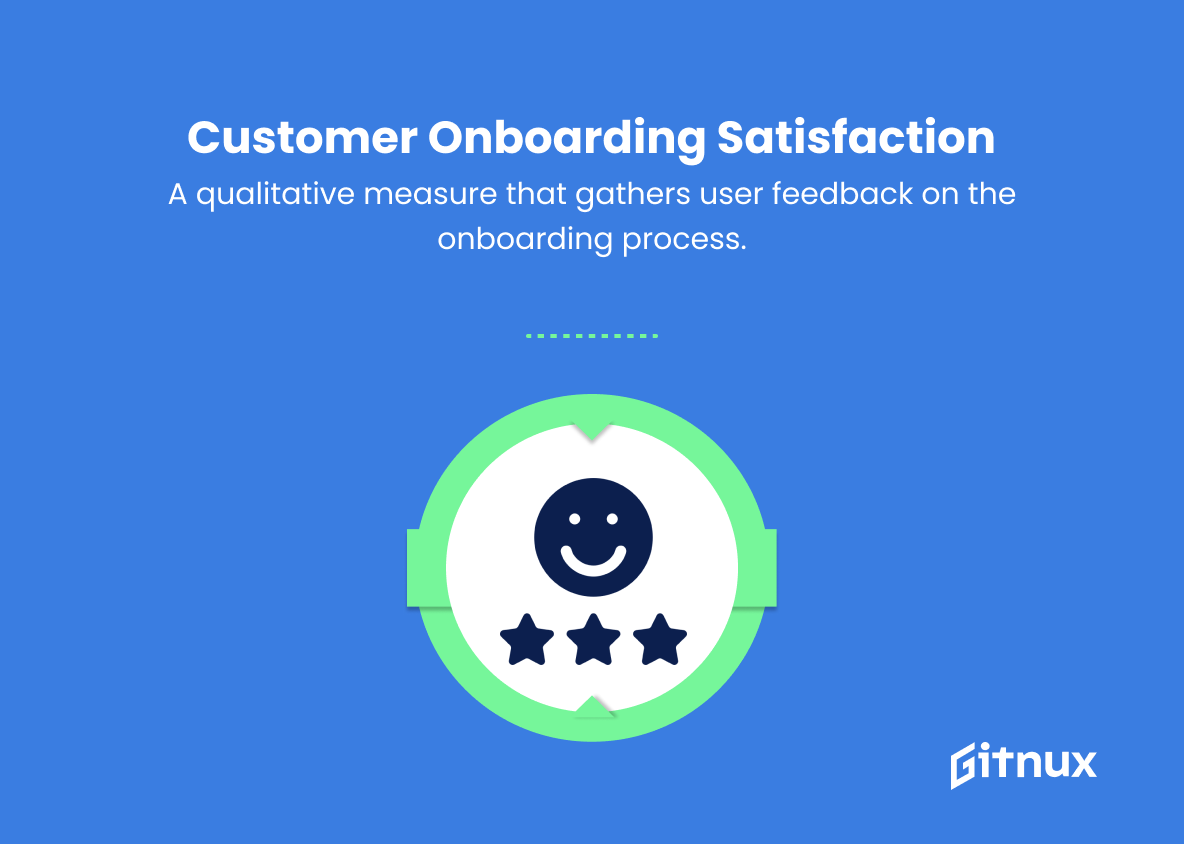In today’s data-driven business landscape, understanding the performance of your Software as a Service (SaaS) onboarding process has never been more crucial. Efficient and effective onboarding can mean the difference between retaining new customers or watching as they fall through the cracks. With myriad aspects to take into account, it’s essential to know which onboarding metrics matter most and how to leverage them effectively. In this thought-provoking blog post, we will delve into the critical SaaS onboarding metrics that can significantly impact the user journey, maximize customer retention, and foster long-lasting partnerships. So buckle up, as we explore the key performance indicators and the actionable insights that can optimize your SaaS onboarding process and boost your business performance.
Saas Onboarding Metrics You Should Know
1. Time to First Value (TTFV)
This measures the period between a user signing up for the SaaS product and when they first experience value from it. The faster the TTFV, the better the onboarding experience.
2. Activation Rate
This metric measures the percentage of users who complete the necessary actions to become activated users, meaning they’ve successfully adopted the critical features of the product.
3. Customer Churn Rate
This represents the percentage of customers who stop using the SaaS product during a specified period. The lower the churn rate, the better the onboarding experience and overall customer satisfaction.
4. Net Promoter Score (NPS)
A survey-based metric that gauges how likely users are to recommend the SaaS product to others. A high NPS indicates successful onboarding and customer satisfaction.
5. User Retention Rate
This measures the percentage of customers who continue to use a SaaS product over a given period. A higher retention rate indicates that the onboarding process is successful in retaining users.
6. Task Completion Rate
This metric evaluates how effectively users complete necessary tasks during the onboarding process. A higher rate suggests a more straightforward onboarding experience.
7. Engagement Rate
This measures the level of interaction users have with the SaaS product, such as the number of logins, feature usage, and time spent on the platform. A higher engagement rate indicates users find value and are more likely to remain customers.
8. Free Trial Conversion Rate
The percentage of users that convert from a free trial to paid subscriptions. A high conversion rate demonstrates the effectiveness of an onboarding process in showcasing the product’s value proposition.
9. Onboarding Drop-off Rate
The percentage of users who fail to complete the onboarding process. A lower drop-off rate shows the onboarding process is efficient in keeping users engaged.
10. Customer Effort Score (CES)
A survey-based metric that asks users to rate the ease of using the SaaS product during the onboarding process. A lower score indicates a smoother onboarding experience.
11. Customer Support Tickets
The number of customer support tickets raised during the onboarding process. Reducing the number of tickets is a goal, as it means users aren’t facing difficulties during the onboarding process.
12. Customer Onboarding Satisfaction
A qualitative measure that gathers user feedback on the onboarding process. This helps to understand what aspects are working well and what areas need improvement.
By utilizing these SaaS onboarding metrics, businesses can identify bottlenecks, optimize the onboarding process, and ultimately improve customer satisfaction and retention.
Saas Onboarding Metrics Explained
SaaS onboarding metrics are crucial for understanding and optimizing the customer experience within a software product. Time to First Value (TTFV) measures the speed at which users gain value from the product, while Activation Rate and Customer Churn Rate help assess the effectiveness of the onboarding process and customer retention. Net Promoter Score (NPS) gauges customer satisfaction, and User Retention Rate indicates the success of the onboarding process in retaining users. Task Completion Rate and Engagement Rate reveal how well users navigate the onboarding process and interact with the product. Free Trial Conversion Rate, Onboarding Drop-off Rate, and Customer Effort Score (CES) help evaluate the effectiveness of the onboarding process in showcasing the product’s value and ensuring a smooth user experience. Lastly, analyzing Customer Support Tickets and Customer Onboarding Satisfaction provides valuable insights into user difficulties and areas for improvement. These metrics collectively enable businesses to streamline their onboarding process, enhance customer satisfaction, and ultimately boost customer retention.
Conclusion
In conclusion, understanding and tracking the right SaaS onboarding metrics is crucial for the success of your business. By proactively monitoring these metrics, you can effectively streamline your customers’ onboarding experience, improve overall satisfaction, and ensure sustained growth. Some of the most important onboarding metrics to track include time to value, activation rate, user engagement, customer satisfaction, and churn rate. Along with tracking these metrics, it is essential to continuously improve these numbers to achieve optimal results. Remember, the success of your SaaS business depends on providing a seamless and value-driven experience to your users, and effective onboarding is the first step in this journey.
